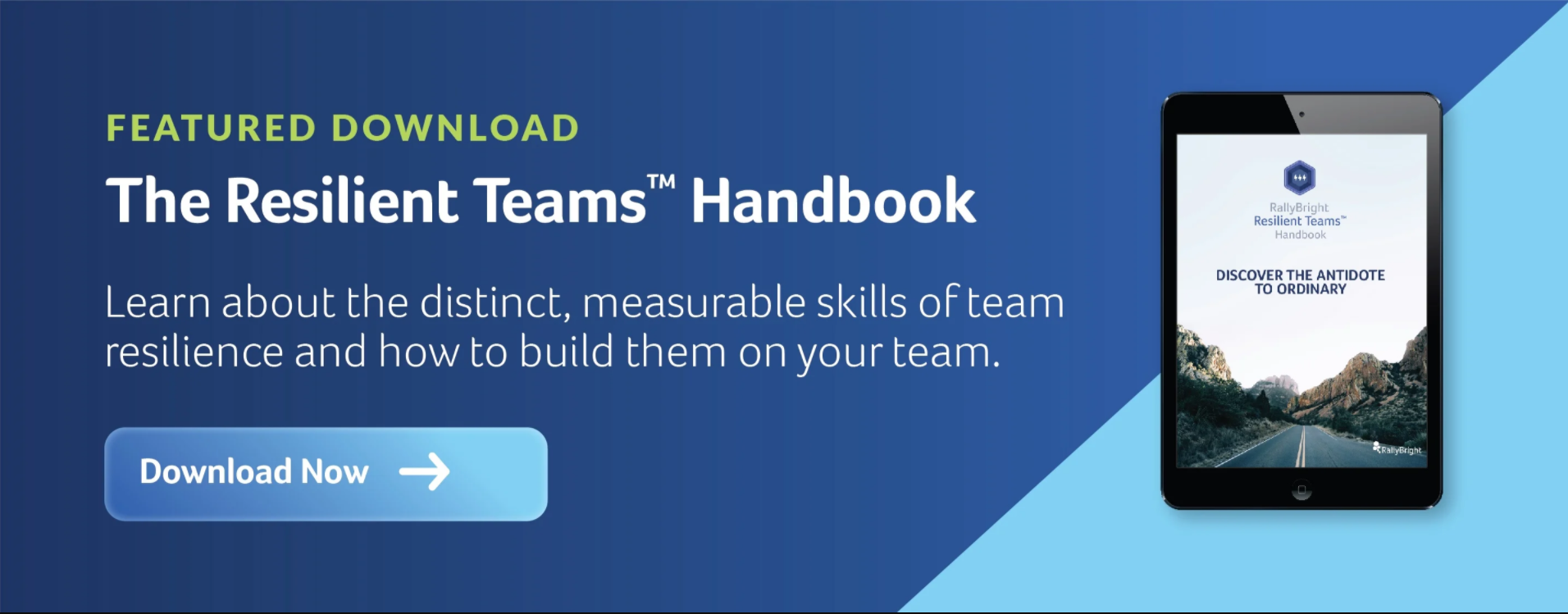Like everything else in our fast-moving, tech-enabled world, the theory and practice of leadership is constantly evolving. Last year we saw shifts including deeper investments in human capital, greater focus on employee coaching, and the rise of millennial managers, among others. This year, many of those trends continue while new ones have also broken onto the team leadership scene.
What’s shaping this changing landscape? Demographics is a big one, with millennials asserting their needs and preferences as the largest generation in the current workforce. Millennials want workplaces that are innovative and collaborative, and that provide thoughtful paths for professional development. Like Gen Xers, they also want interesting lives outside of the office and freedom from crippling job-related stress. As such, their growing presence in the workforce tips the balance in favor of better-work life balance versus the smaller number of work-driven, nose-to-the-grindstone boomers.
What does this mean for what we’ll see in the team leadership landscape over the next year? Here are four of my predictions.
1. It will be more important than ever to understand your people
It used to be common practice for workers to unilaterally shift their behaviors to accommodate their managers. No more. Instead, today’s workplaces are two-way streets with relationships at their centers and more diverse compositions and perspectives than ever before.
It’s always been good career advice to understand and adapt to your manager’s preferred communication, conflict and behavioral styles. But today that’s also true of your teammates, including those you manage. Leaders who work harder to understand their team members will be more successful in helping them perform.
How can they do so? More and more workplaces are using personality and behavioral assessments and inventories like DISC and Myers-Briggs. And not just for hiring, but to give their employees useful information about how to interact with colleagues – including managers and reports – most productively across personality style, conflict style, and other individual and team characteristics. In other words, we’re all in this together, with effort from every team member!
Take advantage of these tools and your reward will be a keener understanding of how best to manage the relationships that make or break team success.
2. More team leaders will leverage a “servant leadership” style
The most influential leaders today no longer look like charismatic, ego-driven CEOs at the top of a hierarchical org chart. They are more likely self-aware collaborators guiding and facilitating their teams’ success as “servant leaders.”
Coined in the 1970s by the businessman Robert Greenleaf, the term “servant leadership” refers to a philosophy and set of practices in which leaders put the needs of others first, making their primary aim helping people develop and perform as highly as possible. Unlike traditional “power leaders,” servant leaders aim to share power. They embody traits that build strong relationships, including empathy, stewardship, listening and community-building. With more research showing that these traits and others like them, oft considered “soft skills,” actually improve leadership effectiveness, it’s easy to see why servant leadership has growing appeal.
3. Performance development will increasingly replace performance management
This goes hand-in-hand with trend #2 above. With collaborative workforces, 360-style feedback and the Gen-Y-driven zest for self-direction and autonomy becoming more of the norm, individuals and teams now own more of their own performance development. I predict that this year we’ll see more team development platforms like the one we’ve built here at RallyBright.
4. There will be more focus on work-life balance and preventing burnout
Last May, the World Health Organization (WHO) made headlines when it added burnout to its International Classification of Diseases as an “occupational phenomenon” resulting from chronic and unsuccessfully managed workplace stress. (To be clear, WHO has not classified burnout as a disease). Nonetheless, WHO spelled out real symptoms of burnout and announced it would next develop evidence-based guidelines on mental well-being in the workplace.
That move has drawn even more attention to mental health, in the workplace and everywhere else, amidst sharply rising suicide, depression and anxiety rates in the U.S., including among young people entering or soon-to-be entering the workforce. In the face of this bad news, the renewed attention is good news as more organizations look to address a problem that clearly needs more efforts. (If you’re worried about burnout and stress on your own team, check out these suggestions to prevent it.)
What do you think of these trends? Are you seeing these team leadership shifts, or others, at your organization? I’d love to hear your thoughts. Drop me a line at and let’s talk!



